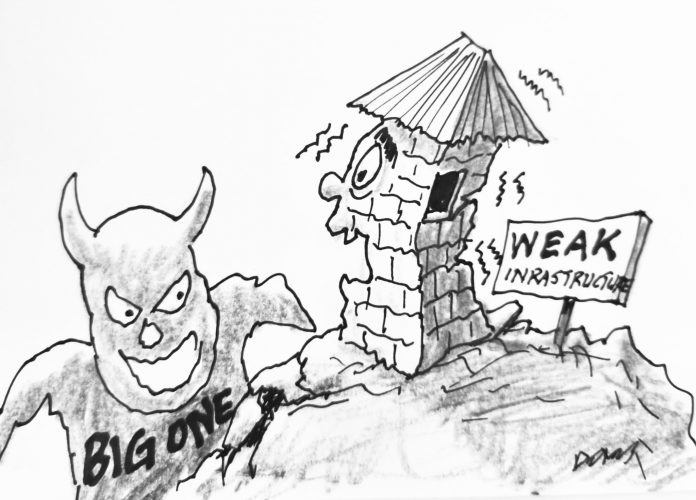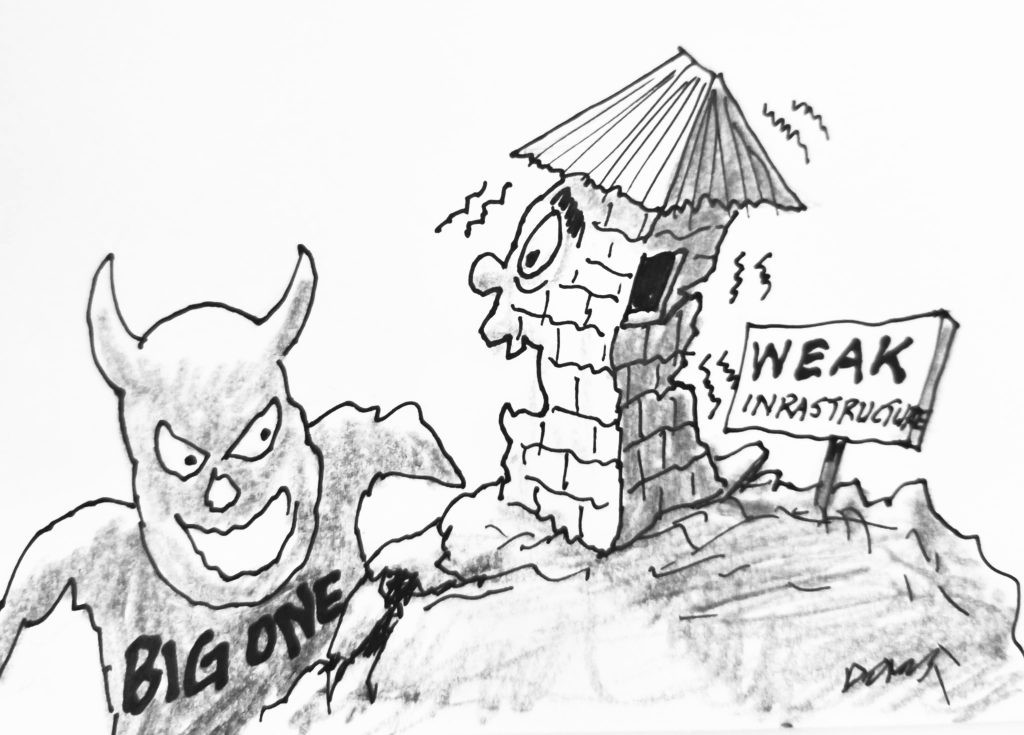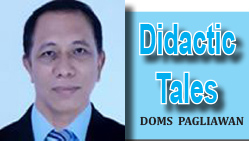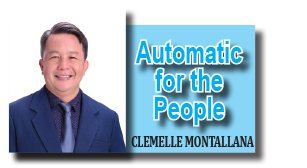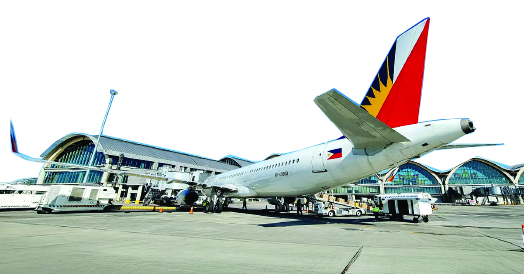
TACLOBAN CITY — Philippine Airlines (PAL) has officially opened its new Cebu–Calbayog route, enhancing connectivity between Eastern Visayas and Central Visayas and paving the way for greater economic and tourism opportunities in Samar province.
The new route links Mactan-Cebu International Airport (MCIA) to Calbayog City Airport, with flights operating four times a week—every Monday, Wednesday, Friday, and Sunday. The inaugural flight, marked by a water cannon salute and ceremonial cake-cutting at MCIA, was attended by airline executives, local officials, and aviation representatives.
Calbayog Vice Mayor Rex Daguman and Calbayog Airport manager Carmelito Escuadra welcomed the arrival of the maiden PAL flight, describing it as a “new gateway for growth” for the city and its people.
“This is an opportunity for the city to expand our market now that we have a direct connection with Central Visayas,” Vice Mayor Daguman said. “It will also help promote Calbayog’s tourism potential, not only to residents of Cebu but also to visitors who use Cebu as an entry point to the Visayas.”
Daguman added that Calbayog is ready to accommodate an influx of visitors, noting that more hotels and lodges have opened in recent years.
PAL’s Cebu–Calbayog flight departs MCIA at 7:30 a.m. and leaves Calbayog for Cebu at 10:00 a.m.
MCIA General Manager and CEO Julius Neri Jr. said the new flight strengthens domestic air connectivity and underscores Cebu’s role as the main gateway to the southern and central Philippines.
“This expansion is a testament to our shared commitment to enhancing domestic connectivity and solidifying MCIA’s role as the primary gateway for the southern and central Philippines,” Neri said.
Aboitiz InfraCapital Cebu Airport Corporation CEO Athanasios Titonis also highlighted the importance of the new route in fostering regional growth.
“This is a vital route that bridges the Visayas with Samar, opening up significant opportunities for regional economic development, tourism, and trade,” Titonis said.
Civil Aviation Authority of the Philippines (CAAP) Director General Lt. Gen. (Ret.) Raul Del Rosario said the new connection supports the national government’s directive to strengthen regional air travel and boost local economies.
“By strengthening air links, we make it easier for people to travel for business, leisure, and family visits, while boosting tourism and local development,” Del Rosario said in a statement.
Calbayog City, known as the “City of Waterfalls” for its 36 recorded falls and dubbed the “tinapa” or smoked-fish capital of Eastern Visayas, is the largest city in the region in terms of land area.
The PAL service complements Cebu Pacific’s existing daily flights between Calbayog and Cebu, providing travelers with more options and better accessibility to Samar’s growing tourism and trade hub.
(ROEL T. AMAZONA)

